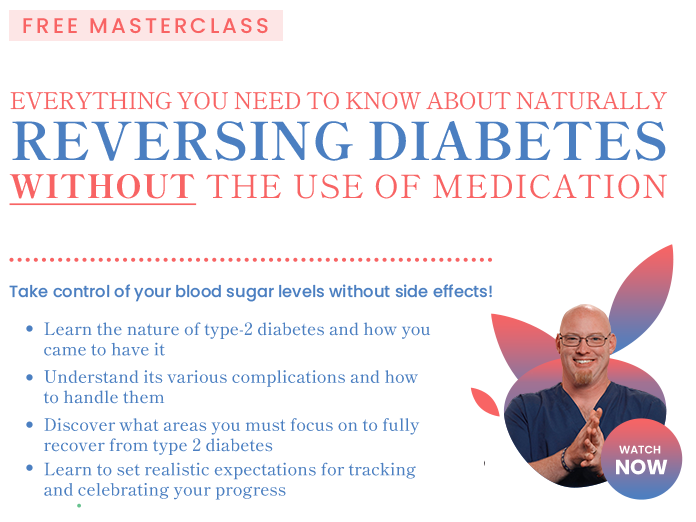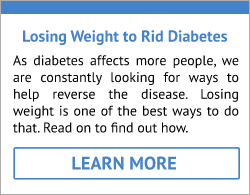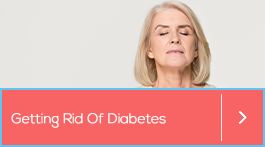
It's common knowledge that being overweight or obese raises your risk of diabetes and many other health issues; most health problems can be prevented to a large degree just by watching your diet. Even if you have diseases like diabetes, hypertension, or even heart disease, changing your diet will have a significant effect on your health. It's never too late to change or improve - your body wants to heal itself if you give it a chance, and the most reasonable way to do that will be to make changes to your diet. But what do you do? Many people get it wrong here, and the changes they make are either unhelpful or just make things worse.
One example is using artificial sweeteners instead of sugar; this just worsens things. Instead of artificial sweeteners, the goal should be to reduce your sugar intake. The same applies to another common mistake of switching from butter to margarine, which is even worse. In this article, we'll look at several dietary changes that you can make to improve your insulin sensitivity, maintain stable blood sugar levels, and aid in weight loss. This way, you'll be able to lower your risk of diabetes, and if you already have it, you'll be able to reverse the condition and get it under control.

1
Eat More Fruits And Vegetables
This is the first step. Aim for four to six servings of fruits and vegetables daily. Veggies, like broccoli, sweet potatoes, cauliflower, okra, spinach, etc., are rich in antioxidants and help fill you up.
Eat your vegetables first. Then, you can consume meat and carbs. You'll usually end up eating less because you're already full.

2
Aim To Eat Slowly
While not a dietary change, this is an excellent habit to have. It takes around 20 minutes for your brain to register that your stomach is full. If you're gobbling and wolfing down your food like a hungry bear, you'll end up overeating.
By the time your brain registers that the stomach is full, you're already stuffed, and your blood sugar levels have spiked. Aim to eat slowly and chew properly. Give yourself 20 minutes to finish a meal.

3
Reduce Your Carb Intake
Refined carbohydrates are one of the leading causes of diabetes. If you eat white flour products, such as donuts, pastries, white bread, etc., your body will release insulin to cope with the ensuing blood sugar spikes. Over time, excess consumption of these foods makes your body insulin insensitive, and you gain weight.
In fact, most of us consume far too many carbohydrates, and our sedentary lifestyles just don't require us to eat so many carbs. How much energy do you need to use the computer, watch TV, or turn doorknobs? Try and get most of your carbs from vegetables instead of bread, rice, or pasta. If you avoid carbs, you'll find that your cravings start to disappear, too. Refined carbs are converted into glucose in your body - this is something that most people are unaware of.

4
Reduce Your Sugar Intake
Reducing your sugar intake is one of the best things that you can do. Your excess fat will melt off faster than you ever thought possible. Cancer cells can't thrive without sugar.
After three weeks with minimal sugar, you'll discover that you're no longer addicted to it. Without a sugar addiction, it won't be as hard to continue and lessen how much of it you eat. This is a major step in reversing your diabetes diagnosis.

5
Combine Your Fats And Carbs With Proteins
Never consume fats and carbohydrates at the same time. This will shoot your blood sugar up. If you're eating potatoes, make sure that you have some meat to go along with it.
One reason why French fries are so bad for you is that its fat and carb. The oil in the fries is fat, and the potatoes are carbs. The same applies to donuts and several other unhealthy foods that are best avoided. By consuming a protein with a carb or fat, you'll help stabilize your blood sugar level.

Now, you've learned some of the changes in diet that can help reverse a diabetes diagnosis. First, we discussed eating more fruits and vegetables and slowing down on how fast you eat. Then, we covered reducing your intake of carbs and sugars. Finally, we went over why you should combine your fats and carbs with proteins instead of with each other.
With this information, you're one step closer to bringing your body back to its natural, healthy state. Follow the five tips in this article, and you'll manage your blood sugar levels better, improve your insulin sensitivity, and prevent or reverse diabetes. Start living your best life today!
















